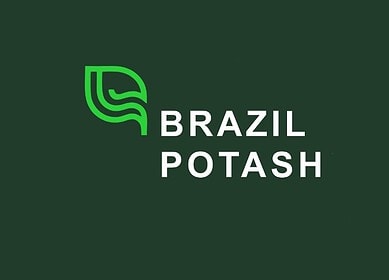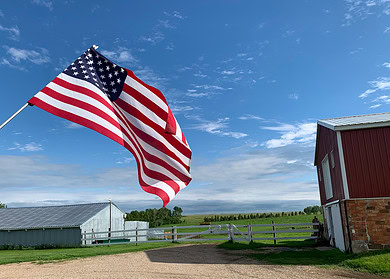North Dakota tribe launches ambitious greenhouse project

The Mandan, Hidatsa, and Arikara Nation, also known as the MHA Nation, is revitalizing its agricultural roots through a substantial greenhouse venture on its reservation in North Dakota. This initiative, dubbed Native Green Grow, represents a significant move towards self-sufficiency and economic development for the tribe, which has faced challenges in accessing fresh produce due to its remote location.
The project’s first phase involves a 3.3-acre greenhouse capable of producing a variety of crops, including leafy greens, tomatoes, and strawberries. It is part of a broader plan that will eventually expand to about 14.5 acres, positioning it among the largest greenhouse facilities globally. The initial setup will include enough glass to cover the equivalent of seven football fields, with an investment of approximately $76 million, including a warehouse and other necessary infrastructure.
Historically, the tribe’s fertile lands along the Missouri River were submerged in the 1950s due to the construction of the Garrison Dam by the U.S. Army Corps of Engineers, a development that devastated local agriculture. This new greenhouse project not only marks a return to farming but also a strategic adaptation to modern agricultural techniques.
The MHA Nation plans to produce nearly 2 million pounds of food annually in the early stages, with expectations to increase output to 12 to 15 million pounds as the project expands. This initiative will create 30 to 35 jobs initially and aims to supply food to the approximately 8,300 residents on the Fort Berthold reservation and beyond.
The project also reflects a broader national trend toward food sovereignty among Native American tribes, a movement gaining momentum as disruptions during the COVID-19 pandemic highlighted vulnerabilities in food supply chains. This has led various tribes to invest in localized food production systems using federal aid.
Heather Dawn Thompson, director of the U.S. Department of Agriculture’s Office of Tribal Relations, emphasized the significance of such initiatives, which align with the USDA’s Indigenous Food Sovereignty Initiative. This initiative aims to rethink food systems through an indigenous lens, promoting programs such as indigenous seed hubs and meat processing for indigenous animals.
In addition to addressing food security, the MHA Nation intends to utilize natural gas from North Dakota’s Bakken oil field, which has been a controversial issue due to environmental concerns associated with flaring. The tribe plans to capture and compress this gas to heat the greenhouse and produce fertilizer, turning a problematic byproduct into a beneficial resource.
This greenhouse project is more than an agricultural endeavor; it is a step towards restoring the MHA Nation’s autonomy over its food sources and economic future, re-establishing its historical role as a central agricultural hub in the region.
Enjoyed this story?
Every Monday, our subscribers get their hands on a digest of the most trending agriculture news. You can join them too!
















Discussion0 comments